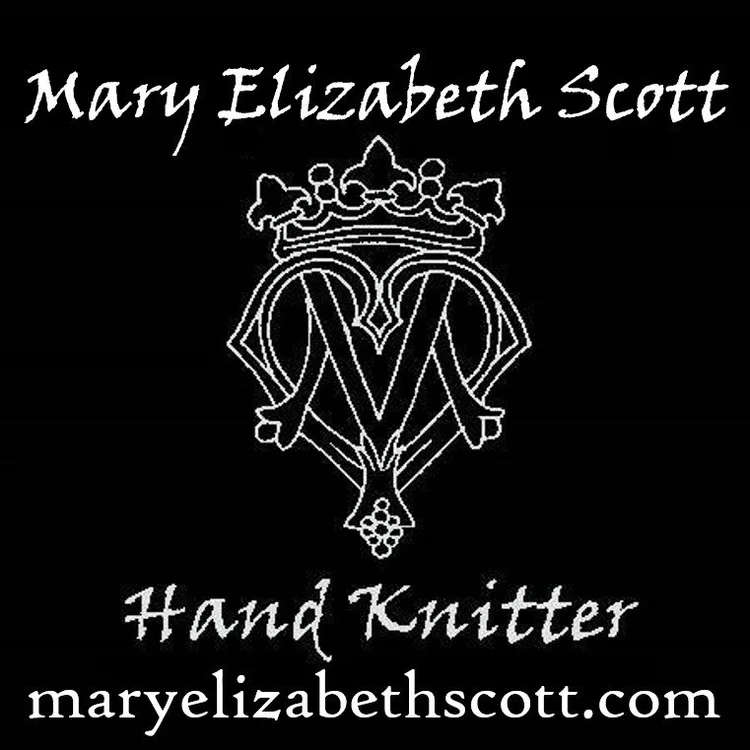Dicentra's Doyenne of Dye
Lisa Millman of Dicentra Designs loves us, Gentle Readers. And I can prove it:
No less than FIFTY (50) pounds of yarn, lovingly skeined and meticulously sorted for my Eeek! Steeks! students' homework kits. You are going to LOVE this yarn. I promise. And more than that, you're going to love knowing more about Lisa. The only thing better than gorgeous yarn is feeling a little closer to the artist from whose hands it comes. Lisa graciously agreed to let me interview her:
How long have you been dyeing?
I've been dyeing seriously since around 1996, so about 16 years (wow, it doesn't seem like it's been that long!)
Where do you live?
Just outside Dallas, Oregon (also known as "Little D") in the foothills of the Coast Range on a nano (smaller than micro) farm.
Got any kids/pets/houseplants/partners you share life with?
No two-legged children. Two four-legged children (dogs BB, a beautiful German shepard mix, and Xena, a small black Labrador). Partner: Alex, a writer and idealist. Houseplants: a 16' x 10' greenhouse/leanto shed filled with epiphyllums, which are tropical cacti with flat, long, straplike leaves that live high up in trees and make gorgeous, giant, sometimes fragrant blooms once or twice a year, including night-blooming cereus and a bunch of hybrids that have large colorful blooms once in awhile.
What's your day job? Land use planner.
Is your family here in the NW?
No. I have a niece in San Francisco, brother in Maryland, sister and mother in Maine. I'm a true Yankee born in Connecticut and raised in New Hampshire. I migrated to Florida after graduating from college in the 1970s and then set my sights on the West Coast about 17 years ago.
What would you do if you ever got spare time?
I'd travel. Iceland and Middle Earth, otherwise known as New Zealand, are high on the list. Go to Europe and Australia to do some felting and dyeing with the excellent artists who live there. Also, I'd spend a lot of time making felt, spinning, knitting, and weaving the fiber I dye into works of art and exhibit the art in galleries.
Anything you'd like to tell the knitters about the process of making these gorgeous kits...
Hmmmm, dyeing the yarn for these kits has been so much fun, in part because the colors are tints, tones, and shades of my two very favorite hues: green and purple. Some of the colors are old favorites, and I also came up with some new colors I haven't used before. The range of tints needed for the kits challenged me to come up with some very pale colors, which I don't do frequently, to the midtones and saturated jewel tones that I most love. I don't often dye on commission, usually preferring the freedom of responding to what I am seeing outside in my yard and on hikes in the woods, music I am hearing on the radio, and occasionally even checking color forecasts for the fashion industry and translating those into color on wool and silk. The challenge of talking about color with another person was made easy in part by the clear and well thought out initial draft of the project we started with and the creative space I was given to interpret the thistle motif in color. The beautiful charted thistle pattern instantly got my creative juices flowing and the thistle photograph that came with it was the perfect starting point for choosing the particular purples and greens that would complement the design.
I have converted a wood shop into a dye studio with three electric stoves, and an electric roaster I use for sampling colors and dyeing small quantities of fiber and yarn, along with a washing machine used to rinse the dyed fiber and yarn. I dye in fairly large batches and can get around 36 pounds of yarn steaming at a time at full capacity. In the winter, the yarn comes inside the house to dry, looking like stalactites hanging from the ceiling in the room with the pellet stove. At almost 2 pounds of yarn per kit and 39 kits and counting, about 70 pounds of yarn needed to be dyed in 6 colors, and then wound off into the amounts of each color needed to complete the Thistle Stole. At this point in the Thistle Stole Project, most of the dyeing is done and the 3-skein electric skein winder is whirring in concert with three umbrella swifts to produce the 234 skeins needed for the kits.
Now I'm thinking about all the stunning Thistle Stoles that will be created from these kits, each with its own particular personality influenced by all the hands that touched the ingredients, and proud to have a part in bringing some loveliness to the world.
CLICK HERE to Visit Dicentra, and be sure to check out the "Shows and Shops" tab to learn where Lisa will be next.



